We Want To Know: Can You Eat Moldy Foods?
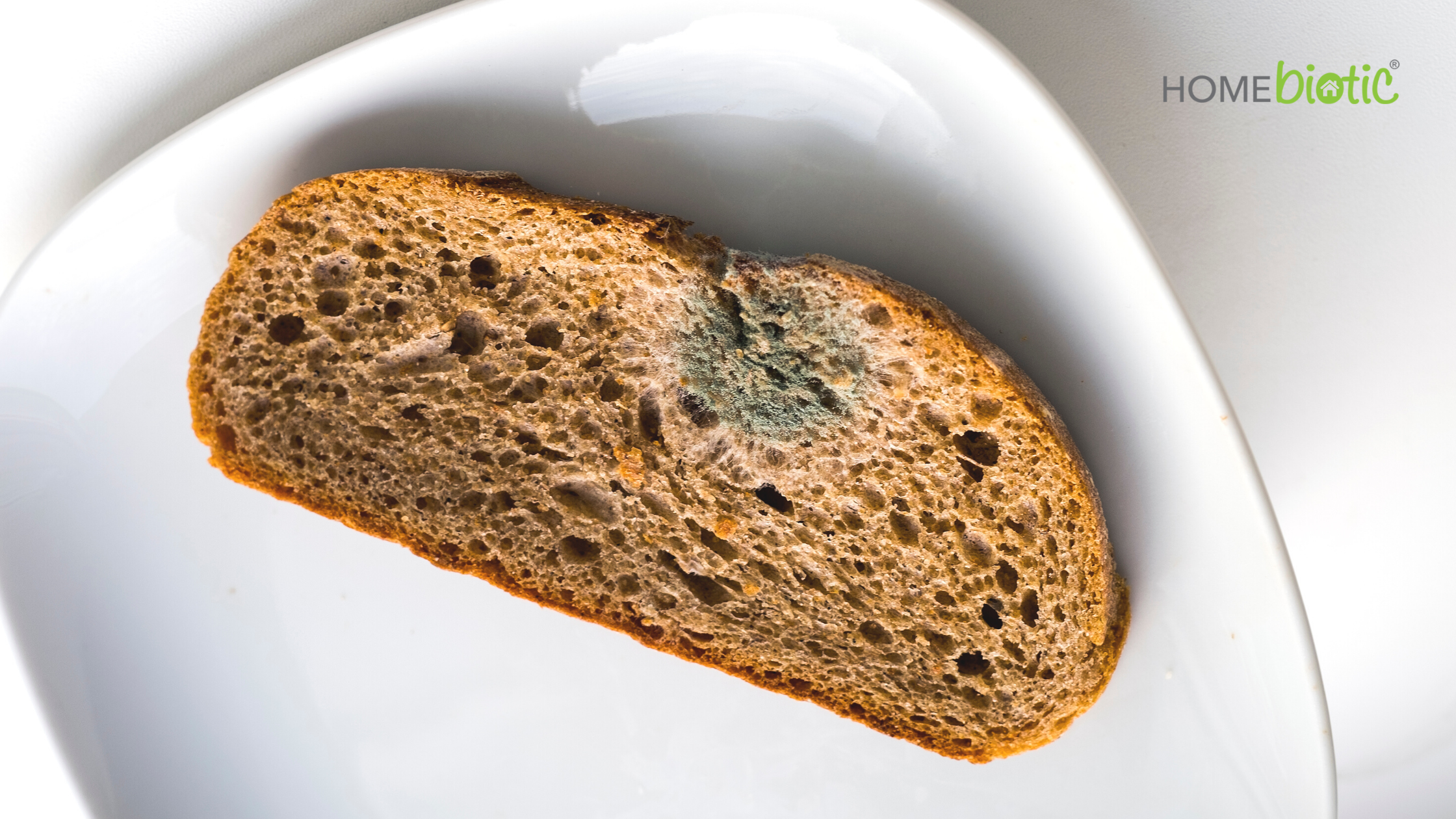
Nothing in the food world is more polarizing than blue cheese. Some people eat it straight from the block or excitedly devour it as a dip to hot wings. To others, the smell alone could ruin a meal, let alone seeing that mold marbling its way through the cracks. Preferences aside, can you eat moldy foods? Are there any negative health impacts to eating food created with mold? The answer is a little complex!
What Kind Of Mold Grows On Food?
This question can be broken down into two categories: food created with mold AND food that has gone moldy. It’s important to distinguish the two because of the types of mold in each category.
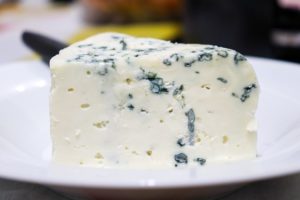 Food Created With Mold
Food Created With Mold
We owe a lot of delicious foods to mold! Most notably, as previously mentioned, blue cheese. This is the perfect example of how certain strains of mold can be utilized in specific, controlled ways to create delicious food making it so you can eat moldy foods.
During the cheese-making process, small channels are added to the cheese block to allow air exposure. This is where the mold Penicillium Roqueforti comes in to work its magic creating those blue channels everyone uses to easily identify the type of cheese. This strain of penicillium is completely safe to consume and has been utilized in this process for possibly hundreds of years, and was formally identified in 1906.
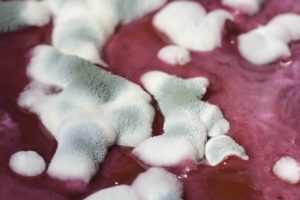 Food That Has Gone Moldy
Food That Has Gone Moldy
Commonly seen in households via bread and fruit, this stage of expiry is when mold spores have begun to cause rot and decay, feeding themselves and spreading.
Although there are 100,000+ types of mold species, the mold on bread and spoiled fruit are most often identified as Rhizopus Stolonifer. In addition to the possibility of consuming this mold, it can also easily be inhaled, making it extremely difficult to avoid completely.
Individuals with compromised immune systems are the most susceptible to mold-related infections which, although not currently fully understood, have proven to be dangerous and potentially life-threatening. The mold spores infect mucus tissues, spreading and growing rapidly making it hard to treat, often resulting in necrosis of tissues.
Individuals with compromised immune systems are the most susceptible to mold-related infections which, although not currently fully understood, have proven to be dangerous and potentially life-threatening. The mold spores infect mucus… Share on XWhen thinking on a small scale, like accidentally ingesting a moldy slice of bread, it’s important not to worry. The human stomach is a very acidic environment that can easily eliminate small amounts of harmful mold if eaten.
However, if larger amounts of mold are consumed they can trigger allergic reactions or even chemical toxicity symptoms, these reactions can be amplified if the person has a compromised digestive or immune system. The CDC recommends if you find mold on food items to err on the side of caution by throwing them away.
Is It Safe To Eat?
Moldy foods are not, but foods created with mold are…in moderation. It’s important to remember any type of mold could potentially trigger an allergic reaction, especially if ingested in large amounts. Common symptoms can include:
- Sneezing
- Runny or stuffy nose
- Cough and postnasal drip
- Itchy eyes, nose, and throat
- Watery eyes
- Dry, scaly skin
If you experience food-related mold allergies, it’s important to consider that you may find yourself triggered by other fungi related foods (yeast or mushrooms), such as:
- Vinegar and foods containing vinegar
- Sour cream
- Meat or fish
- Bread
- Jarred jams
- Sauerkraut
- Pickled and smoked meats
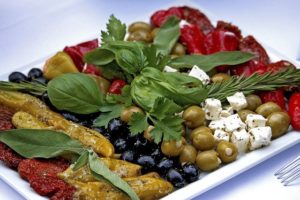
Like anything, when thinking if you can eat moldy foods, they should be consumed in moderation. While studies do not show any direct health benefit of consuming the types of mold utilized to make foods, it’s important to consider the other natural health benefits that food may provide. Blue cheese, for example, is an excellent source of calcium and rich in protein while being low in carbohydrates, making it a great addition to your diet.
Foods that are created vinegar and mushrooms also have their own respective health benefits. Mushrooms activate gut microbes meaning it is a prebiotic, a necessary component to proper gut function. Although vinegar itself is not a probiotic, it is used in many food fermentation techniques which produces substantial amounts of probiotics. Adding both mushrooms and vinegar into your diet is the perfect way to optimize your gut health.
Delicious Moldy Foods Recipes
Looking for some inspiration to incorporate “moldy” foods into your diet? We’ve found some fantastic recipes sure you please:

Gnocchi with Blue Cheese and Frizzled Prosciutto from Platings & Pairings
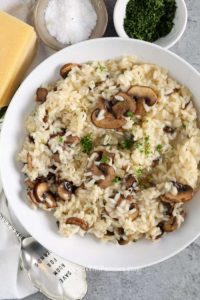
Mushroom Risotto from Spend With Pennies

Buffalo Blue Cheese Deviled Eggs from Cupcakes and Kale Chips
References
https://whatscookingamerica.net/Q-A/Mold.htm
https://en.m.wikipedia.org/wiki/Rhizopus_stolonifer
https://en.m.wikipedia.org/wiki/Zygomycosis
https://foodsafety.merieuxnutrisciences.com/2018/02/20/3-foods-exist-because-yeast-mold/
https://en.m.wikipedia.org/wiki/Penicillium_roqueforti
https://www.mayoclinic.org/diseases-conditions/mold-allergy/symptoms-causes/syc-20351519
